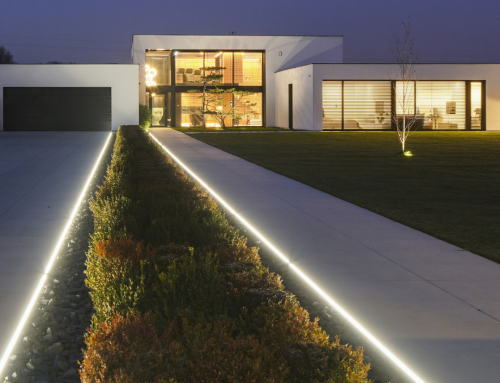 Wi-Fi is currently handling over half of the world’s internet transmissions, and demand is still growing fast. With an already crowded radio spectrum, some experts expect a “spectrum crunch” where Wi-Fi networks will soon fail to meet the overwhelming demand.
Wi-Fi is currently handling over half of the world’s internet transmissions, and demand is still growing fast. With an already crowded radio spectrum, some experts expect a “spectrum crunch” where Wi-Fi networks will soon fail to meet the overwhelming demand.
Harald Haas anticipated this potential Wi-Fi weakness years ago, and started working on other ways to transmit data wireless – which eventually led to his research and development of Li-Fi. Li-Fi is a networking technology that allows for the transmission and reception of data using high-speed pulses of LED lighting to communicate information. In recent experiments, researchers have been able to reach Li-Fi speeds as fast as 224 gigabits per second. At that speed, 20 full-length movies could be downloaded in a single second.
Talk of Li-Fi technology has been swirling around the internet for several years, but is the technology progressing? Will it be a realistic option in the not so distant future? This quick answer to that question is yes, the technology is progressing, and Haas’s company has already started mass producing Li-Fi routers for a few limited corporate clientele. Their goal is to bring them to a more widespread market within the next two years! Some industry experts predict the Li-Fi industry to be worth over 6 billion by 2018.
Despite the advances, the technology isn’t with some flaws that will need to be overcome, but with new researchers such as NASA now studying its applications, its safe to assume that Li-Fi will be the preferred wireless data transmission vehicle of the future.





